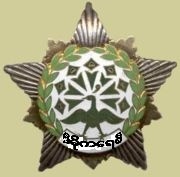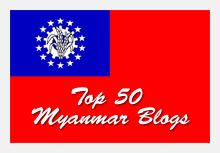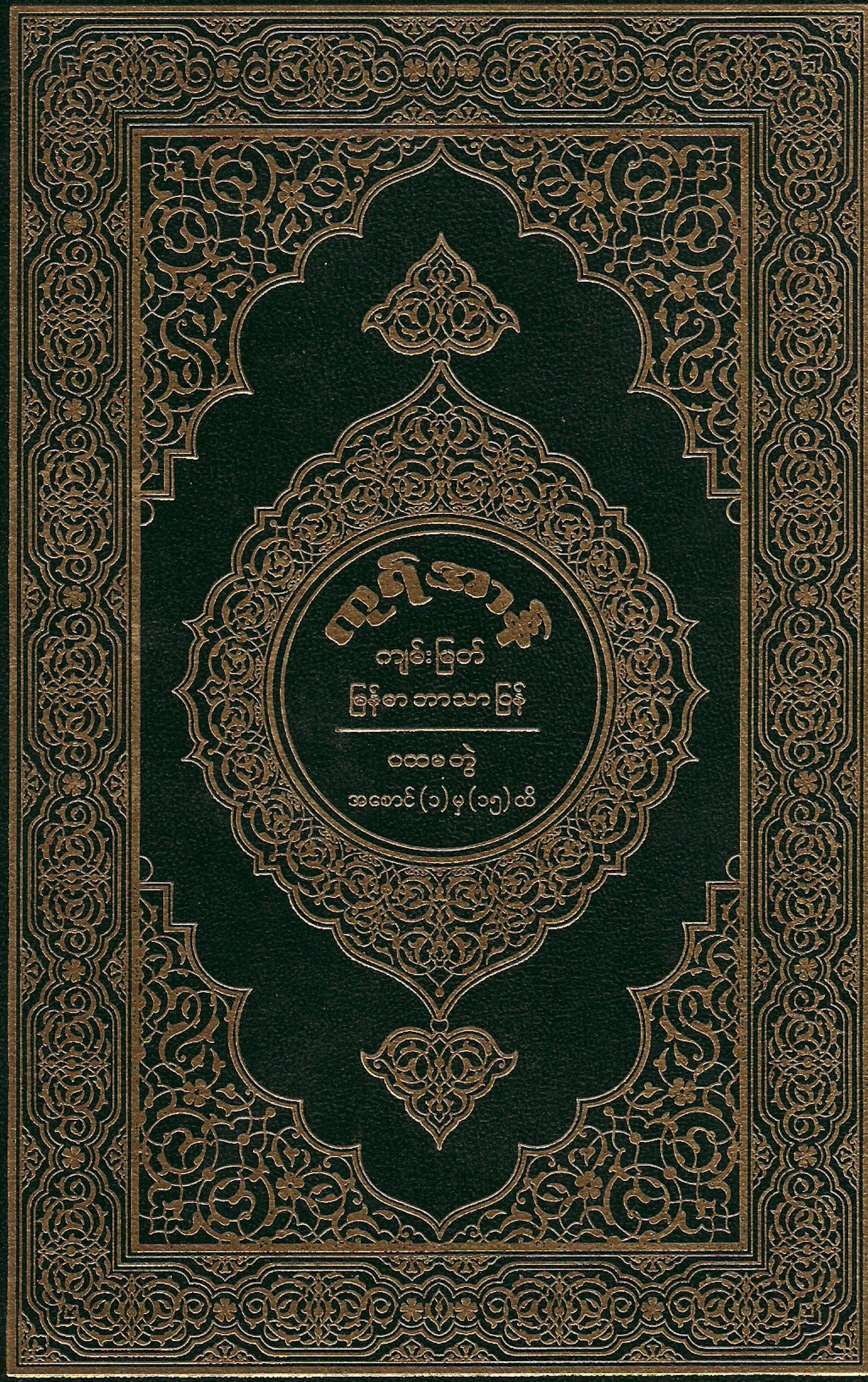The Golden days of the
Great Shan Empire II
Migration and Settlement of Tai Ethnic Groups

Ethic Dong Shan in China
Like many other ethnic peoples of Burma, the Shans or Tai once had their homeland in China.

Shan Home land
Some historians believe that the Tai people originally were from the north of the Yellow River (Huang Ho), occupying the region known as Hebei and Shanxi round about 2515 B.C.

China Shan Manpo village
The Chinese annals also mention Tai settlements in the middle basin of the Yellow River in 850 B.C.
They made their homeland there for a long time, establishing small feudal kingdoms and spreading their “Na” culture to neighboring regions.

Shans’ Migration or long march
But new emigrants coming from Central Asia later impelled the Tai and other ethnic groups to move southwards to new fertile areas between the Yellow and Yangtze (Chang Jiang) rivers covering the present provinces of Hunan and Hubei.

Lao Shans
With the Yellow River in the north and the Yangtze River in the south as their natural boundaries, the Tai and other ethnic peoples felt safe, and rebuilt their feudal kingdoms and erected their “Na” which lasted for several centuries.

Migration route
However, another wave of emigrants from the north, which became powerful and aggressive, put new pressure on the Tai ethnic group. With inter-state rivalries and an inability to establish unity, the Tai and ethnic people of the south were unable to resist the intrusion from the north, and split up into numerous groups.

Shans’ settlement area
Some took refuge in the neighboring hills and valleys of Sichuan, Guizhou and Yunnan, where they picked up new local names which concealed their identity and turned themselves into little-known hill tribes of the region, remaining obscure for centuries.

Laos

Lao Shan man playing music
Other Tai groups who were displaced by the new immigrants migrated into Honan to Hubei, and crossing the Yangtze River, fanned out in different directions to settle in Hunan, Guangxi, Guangdong, Hainan, Vietnam, Laos, Thailand, Burma/Myanmar and Assam.

China, Burma, Thai, Lao and Vietnam
We wish to trace the routes of migration of the Tai people and their areas of settlement in Burma.
The Tai in Burma/Myanmar are known_
- to the Burmese people as Shan,
- to Kachins, A-ch’angs, Zis
- and La-shis as Sam,
- to the Ma-ru as Sen,
- to the Palaung as Tsen,
- to the Wa as Shem
- and to the Talaing or Mon as Sem
- and to the Yunnanese as Pai-Yi.
- But they themselves like to be called “Tai.”

Shan Lao woman farmer
The Shans are the most widespread ethnic people in Burma/Myanmar.
- Their Baan or Maans (villages),
- Mongs (city-states) and settlements stretch from the
- northernmost region of Hkamti Long
- down to Taninthayi in the south,
- and from the eastern tip of Kengtung to
- Hsawng Hsup and Ta-mu to the west.
- In central Myanmar their settlements and communities can be found around Ava, Pinya, Sagaing, Taungoo, Phyu, Pyinmana and Pyay.

Kalaw Shan lady
The migration of the Shans into Burma/Myanmar started 2000 years ago citing three reasons:
- 1. first, their restless character which prompted them to find new lands to settle;
- 2. second, their warlike character;
- 3. and third, the pressure of new invasions from the north, such as those of A.D. 78 and A.D. 1253.
Most Shan chronicles say that a big wave of Shan migration took place in the 6th century A.D..

Looking over the shoulder of Shans’ area
The Shans moving from southern Yunnan into the Nam Mao valley and adjacent regions and establishing many Mongs, among them_
- Bhamo,
- Mong Mit,
- Hsipaw,
- and Hsenwi.

Hsipaw
They spread out over the whole of the Shan State, establishing more Mongs and Kengs (towns) like_
- Mong Naung, Mong Nang, Mong Hsu, Mong Kung, Mong Keshi-Mansam, Mong Laihka, Mong Nai, Mong Pan, Mong Maukmai, Mong Yawnghwe, Mong Sakoi, Mong Sam Kar, Mong Hsamongkham, Mong Lawk Sawk, Mong Pai, Keng Tawng, Keng Hkam and Keng Rom.
- From Mong Kawng, Mong Yang, Waing Hso, Kat Hsa, the Shans moved northwards to the Hkamti Long area where they established the eight Mongs of the Khamti Shans: Lokhun, Mansi, Lon Kyein, Manse-Hkun, Mannu, Langdao, Mong Yak and Langnu.
- Moving to the west, they then occupied and established new Mongs like Hsawng Hsup, Sinkaling Hkamti, Mong Kale, Mong Leng (Mohling), Maing Kaing or Mong Kang, Hu-Kawng, Maw Leik, Mong Nyaung, Homalin, Phaungbyin, Hkam-Pat and Ta-Mu, between the Ayeyarwaddy and the Chindwin, along the Uyu river and even up to Manipur and Assam.
The Shan immigrants of north and northeastern Myanmar were recognized as the earliest branch of the Tai migration southwards, and they came to be known as Tai Long or Tai Yai, that is, “Great Tai”.
The later branch of the Tai migration to Laos and Thailand were known as Tai Noi or “Little Tai.“

That Luan Lao-Shan pagoda
More migration of Shans into Burma/Myanmar took place when the powerful Shan kingdom of Mong Mao Long was established in the Mao valley.According to the Shan chronicles, the Mao political power reached its height in the 14th century, especially during the reign of the twin brothers Sao Hso Hkan Hpa and Sao Hsam Long Hpa.

Shan village
All the principalities of northern and southern Shan State were united under the leadership of Sao Hso Hkan Hpa.
He also extended his power to Laos, Cambodia and Thailand around about 1350.
For the westward expansion, he assigned the task to his brother Sao Hsam Long Hpa who marched with his army to Mong Kawng which he easily annexed. Mong Kawng became the second capital next to Mong Mao.
Making Mong Kawng his military base, Sao Hsam Long Hpa crossed the Ayarwaddy and Chindwin rivers to annex more new lands which included all the regions of the Kabaw valley, northern Rakhine, Manipur and Assam.
New immigrants were settled into these newly conquered areas.
Some of the followers who preferred to remain in Assam established their feudal communities along the Brahmaputra river and pledged their allegiance to the king of Tai Ahom.
These Shans along the Brahmaputra river split in the course of time into Tai Ahom, Tai Aton, Tai Hkamyang, Tai Phake and Tai Tarong, to be later joined by Tai Hkamti from Burma/Myanmar. They survive to this day, although some have become Hinduized.

Salween River
During the reign of Sao Hsam Long Hpa in Mong Kawng, several Baans and Mongs were established throughout northern Burma/Myanmar.
Each Mong was under the Chief or Saohpa, and there were altogether ninety-nine Saohpas who who pledged their allegiance to Mong Kawng. The ethnic Tai people who came with Sao Hsam Long Hpa to northern Burma/Myanmar called themselves Tai Leng, but were called Shan-Myanmar by others. They became very Myanmarized.

Taunggyi, the capital of Shan State

Hsipaw
The Tai Leng settlements were scattered all over the present-day Kachin State, which at that time was Shan (see Appendix I).

Shan State
Those who settled at the northern tip of Burma/Myanmar around Putao came to be known as Tai Khamti.
There were also Tai Long, Tai Mao and Tai Nu settlements in Bhamo, Mong Mauk, Waing Maw, Kat Kiao, Nam Ma, Nam Ti, Mong Kawng, Mong Yang and many other places in north and northeastern Myanmar.

The Shans in northern Myanmar were skilled farmers. They brought along with them from Mong Mao Long the art of cultivation and turned the fertile lands of northern Myanmar into Na or rice fields. These Shan farmers concentrated their settlements in places with good soil and fresh water.

Shan Palaung
In the Kyaukse area, they improved the land and irrigation system and turned the place into a rice bowl for Bagan.
After the reign of King Narathihapate (1254-87) Bagan became very weak from the effects of the Mongol invasion.
The Three Shan Brothers, Athinkaya, Yazathinkyan and Thihathu who controlled the economic base of Kyaukse area became very powerful and played a leading role in Bagan power politics.

For two and a half centuries the Shans established their dynasties and made their power felt over Burma/Myanmar (see Appendix II).
In southern Burma/Myanmar there were several Shan settlements around Thaton, Mawlamyine, Madama and Bago.
Wareru was the most prominent and active Shan local chief. He was the son of a Shan immigrant to Thaton and was born in a village called Doonwun near Thaton. When he grew up he went to Sukhotai and became a stable boy of the king. He was assigned to look after the royal elephants and to lead the elephant troops in times of war. He was also a good soldier and after a few successful campaigns he was promoted to the rank of captain of the guards. He later became acquainted with the king’s daughter, eloped with her and brought her to Thaton. He involved himself in the local politics and later became the governor of Madama in 1281. He next turned his attention to Bago and was able to take it over in 1369, following which he established a dynasty which lasted from 1287 to 1539 (see Appendix III).
During the reign of king Wareru, the Shans from Chiangmai and Thailand moved to Lower Burma/Myanmar.
There they mixed and mingled with the Mons and became good cultivators in the delta area which later became the rice bowl of Southeast Asia.
During the period of the Wareru dynasty, trade and commercial relations developed with European countries, bringing prosperity to Bago, Madama and the Taninthayi coastal region.
Native products such as rubies and other gems of northern Myanmar, lac, ivory, horn, lead, tin, Bago or Madama jars, long peppers, and nyper wine made from dani palm were exchanged with products brought by European merchants such as camphor, pepper, scented wood, Chinese porcelain and velvet.
East of the Nam Kong River or the Salween, there are numerous Shan settlements called Waans and Kengs. The region is shaped like a triangle. Although the Shan immigrants of this area were closely affiliated ethnically to the Tai race, they retained local names such as Hkun, Lu, Lem, Ngio, Yun and Tai Nu. Based upon their Waan-Baan-Keng system the Tai ethnic people of this area established several Mongs and Kengs as their feudal states (see Appendix IV).
Kengtung is the largest of the feudal states in the eastern Shan State. It covers an area of over 12,000 square miles and is bounded by Thailand on the south, China on the north, and Laos on the east. Its inhabitants are mostly Hkun, Lu, Tai Long and many other ethnic groups, among them Yun, Ngio, Tai Nu, Lem, Laotian, Wa, La, Tai Loi, Kaw, Mu-Hso (La Hu), Ako, Li Saw, En, Hsen Hsum, Pyen, Palaung, Kwi (La Hu Chi), Kang, Yao, Hsem, Miao, Mang Tam, Sawn (son) and Thai.
The majority of the Tai Nu people have settlements mostly along the Yunnan- Burma/Myanmar border and the upper part of the Salween River in Yunnan where they had several feudal city states.

Inside Burma/Myanmar the Tai Nu people live in Bhamo, Myitkyina, Mong Kawng, Mong Yang, Muse, Namhkam, Mong Kung, Laihka and Kengtung area especially in the northeastern part of the region around Mong Lem.
The Shans penetrated deep into Myanmar in the long course of their history, to occupy its plains, hills and valleys and turn wasteland into Na to produce rice either for their own consumption or for trade. They were hardy farmers and food cultivators and adopted a feudal type of administration and a self-sufficient sustainable economy.

Shan fields
Wherever they migrated they introduced their system of Mong and Keng city-states. They frequently fought among themselves but also formed alliances against common enemies. Endless wars are recorded in their local chronicles. The constant fighting among themselves and against neighboring foes exhausted their strength so that they eventually became very weak. They split and settled so much and so far that it became impossible for them to retain their unity as in the days of the Nanchao and Mong Maw Long.
Filed under: Shan | Tagged: Burma, CHINA, History, Shan, Thailand |












+(Small).jpg)


Leave a comment